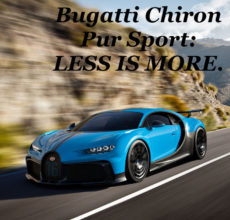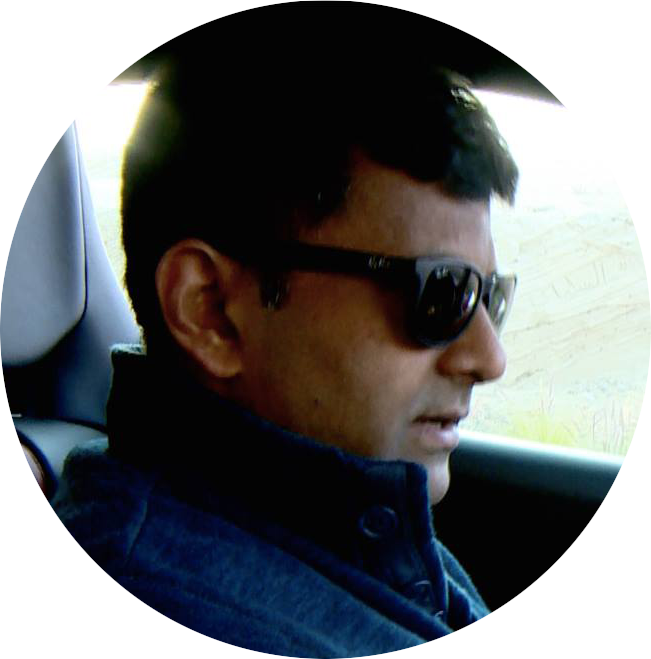There are lucky days, and then there are lucky days. Wednesday the 18th must have been the latter kind for I found myself, blissful as a lotus, sitting inside the cabin of the Evija. Lotus has dubbed it the most powerful hypercar ever to go into production. It is a concept car, and a ‘touring model’, and I mean one touring the world and stopping by to say hello to the UAE.
“The Evija is a Lotus like no other, yet a true Lotus in every sense.” The brochure quotes Phil Popham, the CEO of Lotus cars. Before the day ended, I would end up sitting next to the man himself in the carbon fibre rich cabin of the Evija, hearing all about the car from the horse’s mouth. [Click on ‘all about the car’ to watch the exclusive interview and to view this undoubtedly awesome car!]

Let us start with what’s in the name. Evija is pronounced Ev-eye-a. There is something exotic there but I like it even more that the name starts with EV. The car is indeed an electric vehicle. The insightful CEO also pointed out that if you read the name backwards – with the fonts chosen suitably of course – it would read ‘ALIVE’! And it means ‘the first in existence’ – clever name for a clever car that will be the harbinger of several such pulse-quickening cars from Lotus in the near-enough future.

Figures at a glance
The Lotus Evija is projected to be at the peak of hyper-power with 2000 PS and, at 1680 kg, the lightest EV hypercar ever made. The Evija is built on a one-piece motorsport-inspired carbon fibre monocoque chassis weighing just 129 kg, yet built in such a way that it is the lightest, stiffest, safest and the most technically advanced Lotus road car platform ever. The V max of the 1700 Nm car is expected to outshoot 200 mph (almost 322 kmph) and 0 to 100 kmph is expected to arrive within 3 seconds with 300 kmph blazing in under 9! This must leave you betting on a range that lasts three laps of the Yas Marina circuit. Wrong! The Evija promises a range of 250 miles (400 km) and a charging time of 18 minutes.

Everyone privileged to look at the Evija either said or honestly nodded – stunning! As Phil Popham put it, “The Evija looks stunning from any direction, but the real signature is in the rear.” The very large butterfly-wing styled lights are visually captivating while the scoops of aerodynamic presence on either sides of the bonnet and along the door-sides expose a car with character. Those large red wings in the rear too are part of a larger scheme for reducing drag and increasing down-force, played out with the Venturi Tunnel that directs airflow through the bodyshell. For those who have patience for some more tech, this design concept is known as ‘porosity’. It aids the delivery of high energy airflow to the rear of the car, which counteracts the lower pressure there to reduce drag.

As dramatic as things are within this tunnel, each tunnel is edged with a red LED to create the ribbon-style light signature while a hidden LED illuminates its interior – like ‘afterburners on a fighter jet’!
Inside we discover the designer’s adherence to Colin Chapman’s philosophy that no component in a Lotus car gets a free ride. The doors are a first time for Lotus – they are dihedral and opens upwards, slowly at the command of a key fob – only. There are no door handles or knobs – preserving the sculpted exterior and serving the aerodynamics. Ducking in and out the low seats are made easier by these doors. The next most dramatic thing is the LMP or F1 styled steering wheel, wrapped in Alcantara, or leather if you may, ahead of which is the car’s only digital screen featuring all you need to know. Data appears as you summon it, and fades away when no longer needed.

Where is the battery?
Mounted centrally behind the passenger compartment for the world to see through a glass screen is the battery case. The effect is seen on aerodynamics, weight distribution, dynamic handling and occupant comfort – on top of looking rather cool! More importantly, it simplifies servicing and maintenance, as also future installation of alternative batter packs to optimize track performance.
The power is delivered to four e-motors on four wheels, which enables torque vectoring and power-distribution to any combination of wheels making handling a breeze and exceptionally tight in corners.
The production line of the Lotus Evija is taking shape rapidly and the first deliveries are expected around 2020 third quarter. Only 130 examples of this well articulatedmachine will be made and the price will start from 1.8 pounds – well over 8 million dirhams!












